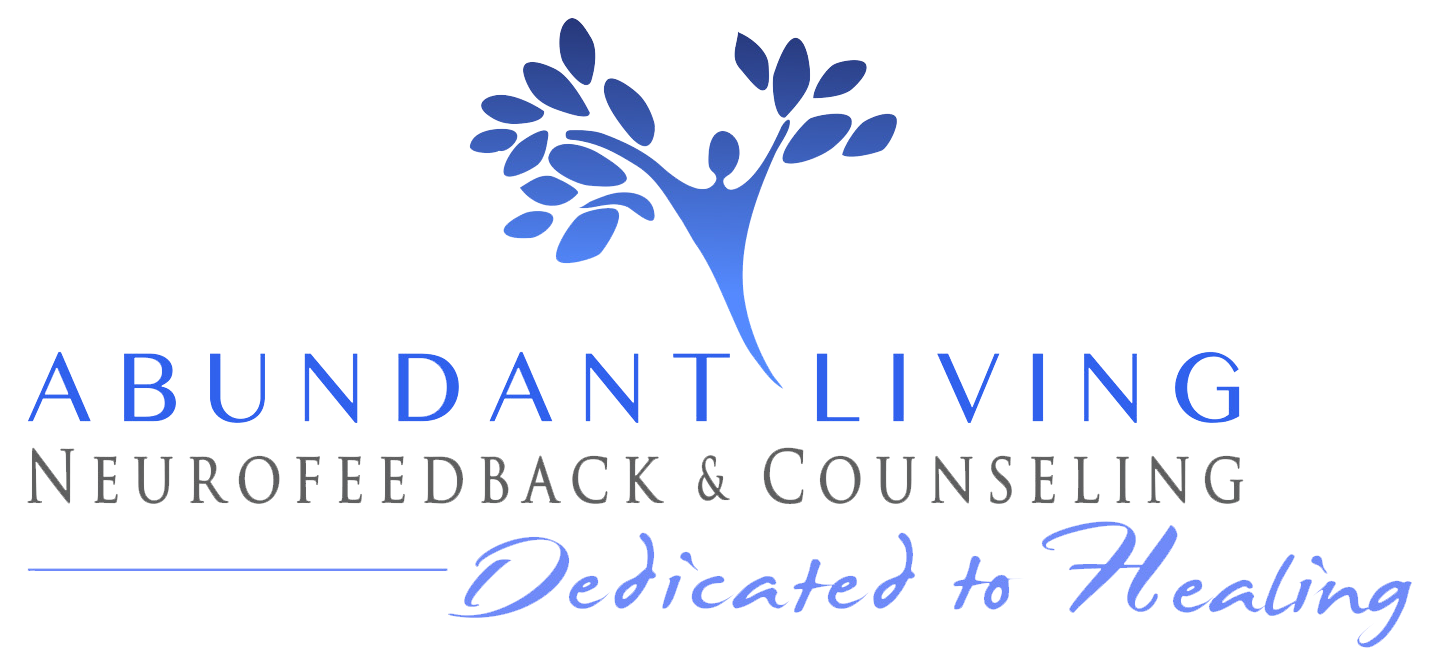
Best Kept Secret in Mental Health, Part 4
By Anna Raab, M.A. Counseling, BCN
In my last three articles I’ve been able to explain some of the key aspects of Neurofeedback Therapy. I’ve brought to the forefront that the brain is electrical, that brain wave balance is at the foundation of mental health, how brain wave activity can be mapped, and the basic concepts of how Neurofeedback can normalize brain wave activity to lead to reduction or resolution of mental health issues.
In this edition I would like to use the foundation of what I have explained and now begin to apply it to specific mental health issues that Neurofeedback can help resolve. I will begin with one of the most well researched applications of Neurofeedback which is ADHD.
ADHD is marked by failure to pay close attention, making careless mistakes, poor listening, lack of follow through, inability to sustain attention, misplacing items, being easily distracted, having difficulty filtering out external stimuli, and forgetfulness. Hyperactive symptoms include fidgeting, roaming around, restlessness, loud or obnoxious behavior, being driven as with a motor, and excessive speech. In addition, some individuals may also have symptoms of impulsivity which include speaking before thinking, impatience, interrupting, and intrusive behaviors.
There is much debate about ADHD, whether it is over-diagnosed, if it is just a “boy-thing” that will be outgrown, or if it’s the inevitable outcome of asking kids to sit still for hours on end. All of these thoughts are valid and understandably confusing. From my vantage point as a Neuro-therapist, however, I can definitively say ADHD is clearly illustrated in client brain maps and has very real signatures of abnormal brain wave activity which I have seen consistently in hundreds of client maps, and has been well documented in QEEG research.
As I explained in part 2, the brain map illustrates brain wave activity in the cerebral cortex (the outer layer of the brain) a little bit like a traffic map. All the major types of brain wave activity are shown in terms of how the client map compares to a person with no abnormal symptoms.
One of the major measurements included in the map is called “magnitude” and demonstrates how much of each type of activity is present in the individual and whether they have too much or too little in any of the measured locations. Without exception, individuals with ADHD produce too much slow (delta and/or theta) activity in the frontal and sometimes temporal regions of the brain.
This excessive slow wave activity begins to create what I call a traffic jam that can impede normal processing, specifically in the executive centers of the brain which control attention, cognitive inhibition, working memory, cognitive flexibility, reasoning, and problem solving.
Think of it like the larger, slower brain waves getting in the way of the more concentrated, faster processing transmissions. This causes transmissions to be slower, or sometimes fall off completely, resulting in the very real and frustrating symptoms of ADHD.
In conclusion, as I explained in my last article, with Neurofeedback intervention the brain can be trained through operant conditioning feedback to normalize. Hence, in the case of treating ADHD, overwhelming headway can be made to train the brain to reduce the production of slow wave activity and increase faster speeds so issues like focus, attention, hyperactivity, and impulsivity can become a thing of the past.
Related Posts
Grief: When the Unthinkable Happens
By Anna Raab, M.A., BCN, Abundant Living Neurofeedback and Counseling This...
What a Narcissist!
By Anna Raab, M.A. Counseling, BCN In an age of ever-increasing drama and selfie...
Depression
By Anna R. Raab, M.A., BCN Owner and Director of Abundant Living Neurofeedback...





Where can you go in Oklahoma to have this Neurofeedback Therapy?
Hi, Laurie! We are in Tulsa. Click on our contact page, we would love to schedule a time to get together!